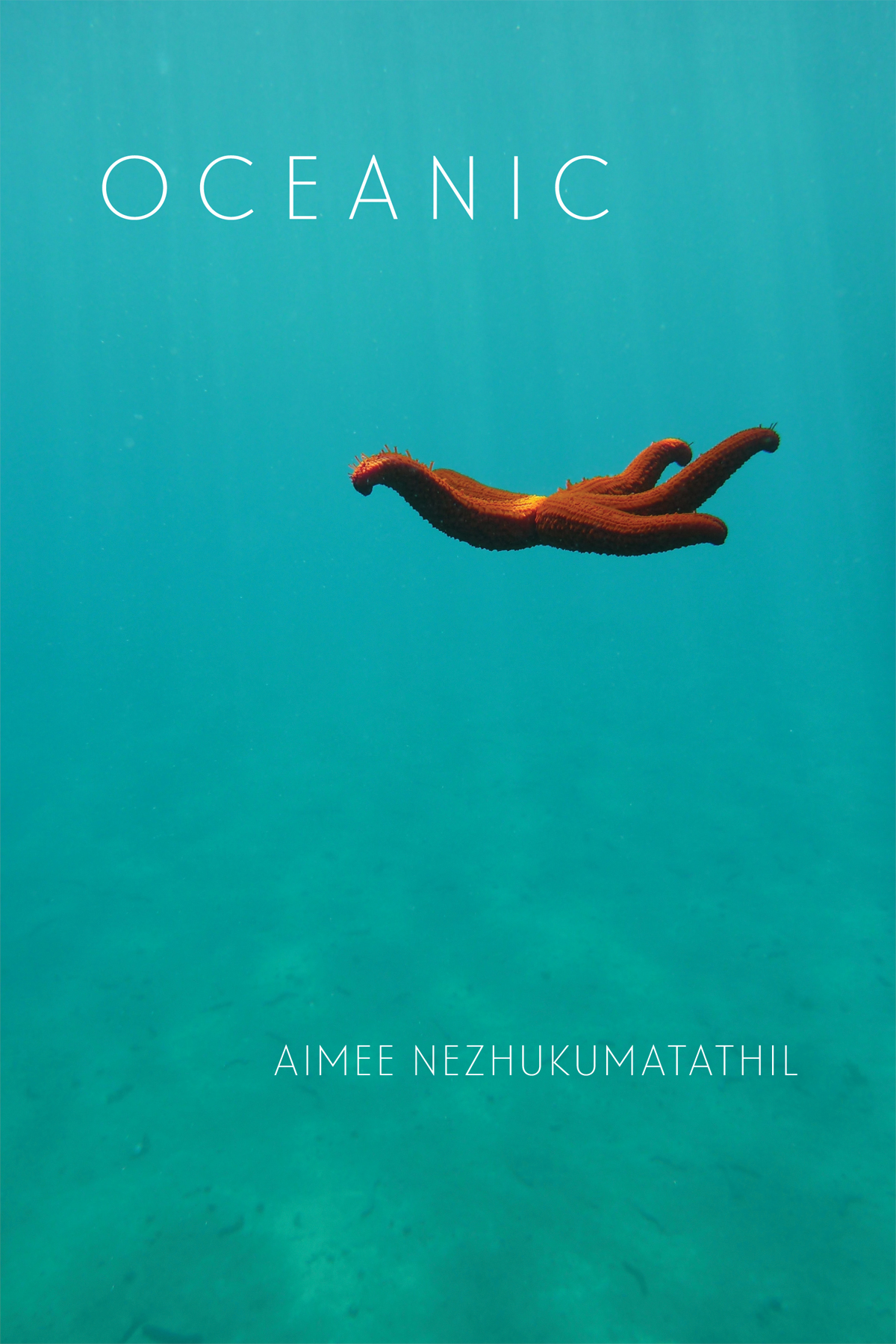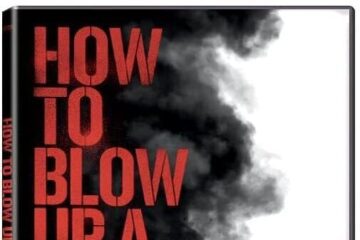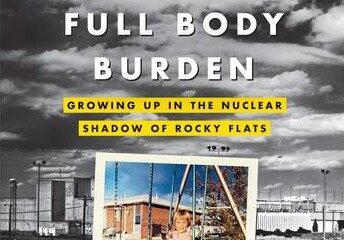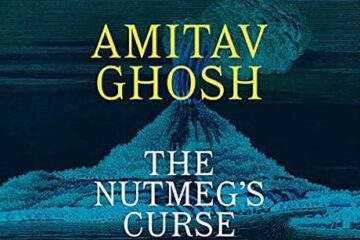Aimee Nezhukumatathil
Aimee Nezhukumatathil’s “Oceanic” creates a sometimes coastal, sometimes aquatic world where she and the nature she preserves converge. Her book opens with a request to the reader in “Self Portrait as a Scallop” when she writes, “Let me see your shadow”. She gently asks for reciprocity as she reveals the tidal world she encounters. She hopes that readers will also allow themselves to be seaweed touching in the depths of a dark, beautiful, and often unknown universe we adventure in with her.
While she doesn’t map out every geographic feature of the universe we enter in her book, she does let us know where we will arrive when the book is complete. She tells us, “Then, I will have / opened up to you”. The spatial gaps between words reflect the gaping mouth of a scallop. It would be easier for the scallop to stay closed off. It would be easier for her to be silent. But it’s only after opening up and processing the invasions that the pearl of beauty and truth can be created for us.
Nezhukumatathil, then, takes us on this warm, often unpredictable journey. Each poem assumes a new form, as if small torsos of water. Sometimes her poems are a still body of text. Sometimes a wave of couplets. Sometimes a thin vertical horizon with “the lavender lining of the clouds” that we see in her poem “The Cockroach Responds.”
We notice her curiosity and vulnerability in every poem. We see the ways that the world sometimes disrupts and fractures those fragile, awestricken moments: her mother snatching the envelopes she tries to claim; the teacher who “means well,” but butchers her name.
Like the ocean itself, the vastness we explore is not without loss or longing. She explains in “The Origin of Feathers on My Windshield,” that “I lost the only picture / of me taken by a man who used to be the boy I loved”. In losing the picture, what did she lose of herself?
She continues exploring the ways she’s blended into her immediate environments, “My shadow and the shadow of the sunflowers are the same,” she tells us. She is the scallop, a worshipper at the seachurch. Her body and the body of others have become tangled in ways she’s actively parsing out. In “Penguin Valentine,” she says, “I don’t know how you know what direction / to look and how to listen for my return”. There’s a connection between her and nature however mysterious, nebulous, and dark as the sky without the auroras it still might be.
To better understand herself and the world, she listens. In “Mr. Cass and the Crustaceans,” she shows us the origin of this practice. She tells us, “I think / how you first taught us kids how to listen to water” and she guides us to hear, too. What are the water’s fears? What are its desires?
She asks us to consider more than just what they are, but also what she, the ocean, and its inhabitants have endured. “Remember in spite of all storms, it’s still there,/ full of sapodilla and salt”. She and the ocean are still here. She reminds us that “sometimes it is possible to still embrace / the wildness of home, even if the lone window / in your room only blooms snow and more snow”. We might be alone in the cold home of winter, but we can still find gratitude.
The small moments of discontent are “the stale tea air” that the girls on the other side of the planet suffer. She is never scathing when exploring places and people she doesn’t quite connect with. She is always generous and her words are the “glittered stars of her fingernails” that she praises. They help us understand the ways she was asked to “blend in” all her life.
But as she blends in, she ironically stands out. She sparkles at the water’s surface—sometimes as a wave, sometimes as a sea creature, sometimes the whole consuming body. “She is sometimes mistaken for a mermaid”; she’s sometimes like “the suns too drunk / from summer’s end”.
Everything is so beautiful in the first 20 pages that when she questions herself, we understand why. Is the water she’s imagining and grateful for, real or a dream? After “Dream Caused by the Flight of a Bee Around a Pomegranate One Second before Waking Up,” the tone of the text shifts. The ocean is a waterfall people died plunging. How will it render us if and when we jump in? “I believe in the broken heart / of an elephant”. She reminds us that even animals we encounter feel pain. The ocean is not just beautiful. When she asks us to listen, it’s not just to the beauty, but the planet that “hums with so much wing, fur, and fin”.
The whole book is an invitation and, despite pain in the journey, “we decide it is worth it” just as she and her lover chose love in the time of swine flu. It doesn’t have to be a good time of our lives for us to find peace and gratitude.
Reading her work, we see love and gratitude as the ocean’s sound and we repeat her, “I didn’t know / love could be so loud”. We leave with a new perspective, not quite seeing our own breaths the same way after.
She has us frustrated with her teacher who tells her, “never to use an exclamation mark” unless “writing the line, ‘Watch out, there’s a bus!’”. We want to exclaim, There’s an ocean! There’s a mermaid! There’s a sun! There’s a penguin! We are children in the poetic zoo first encountering places that were previously familiar to us. She makes them new so that we too “think of unicorn” swimming in the sea she’s laid out for us. By the end, we too, “never see/ the sky as it is, but only as it was”.
She’s opened the sky, the ocean, the sun, the land, and the heart. In the place she takes us, “underwater volcanoes send up pillow lava”. And we’re not scared, though like her, we’re also “lost in leaf litter, and a bit of ladybug / blood”. We’re standing there with her ready to hear the ocean’s ethereal and earthy sounds from the seashell of words she offers.
Reviewer Bio: Crystal’s poetry has previously appeared or is forthcoming in Sport Literate, Collective Unrest, Driftwood Press, New Verse News, Occulum, Anomaly, BONED, Eunoia Review, isacoustics, Tuck Magazine, Writers Resist, Drunk Monkeys, Coldnoon, Poets Reading the News, Jet Fuel Review, Sigma Tau Delta Rectangle, North Central Review, Badlands Review, Green Blotter, Southword Journal Online and Dylan Days. She is currently pursuing her MFA at Iowa State University, gave a TEDx talk on poetry the first week of April and her first collection of poetry, Knock-Off Monarch, is forthcoming from Dawn Valley Press this autumn. In her free time, she edits poetry and writes poetry book reviews for Flyway: Journal of Environmental Writing. You can find her on Twitter @justlikeastone8 and on instagram @stone.flowering or at her website: www.crystalbstone.com.




